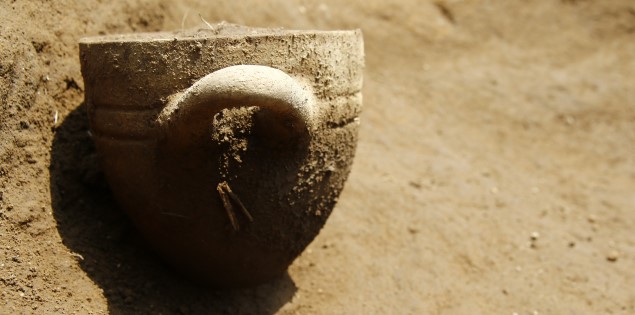DESIGNING THE FUTURE THROUGH HISTORY

Italferr is the first Italian engineering company to have its own staff of archaeologists.
A unique, specialised office in Italy that deals with the preliminary identification of ancient pre-existing structures and the identification of the most effective solutions to resolve any interference between new railway works and the archaeological heritage, as well as enhancing the findings, through specialised projects, to spread knowledge of historical processes used. The team works in collaboration with the territorially competent Archaeological Superintendencies in Italy and is registered in the Ministry of Cultural Heritage and Activities and Tourism's list of operators qualified to draw up the Archaeological Assessment Document.
KNOW MORE




